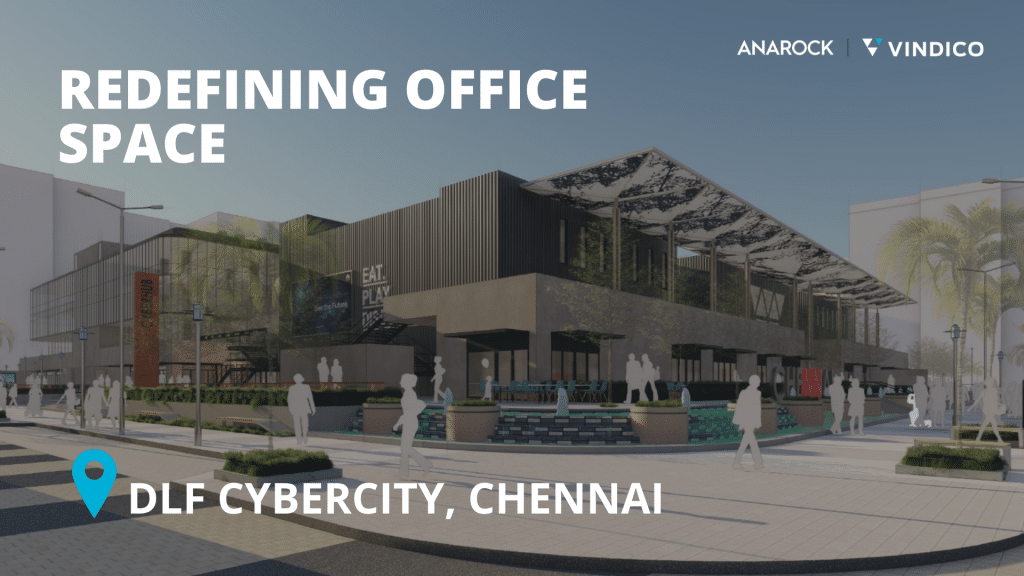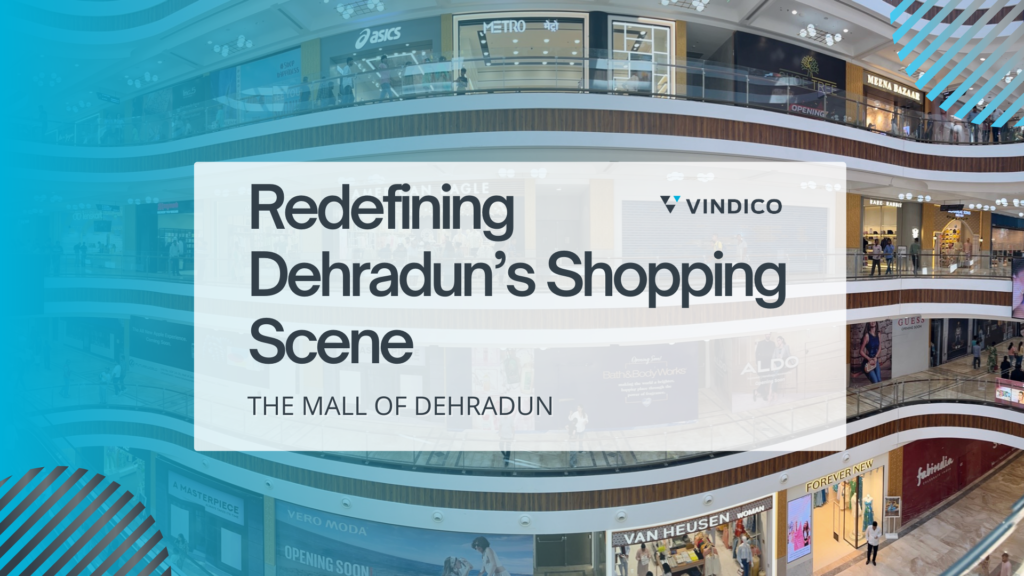Mall control, while a well-developed concept in advanced foreign places such as the United Kingdom and the United States, is still in its infancy in India, having only begun to emerge in the last decade or two. With the growth of organised retail in the United States, it has become increasingly important for mall developers to better manage their shopping centres in order to compete successfully. Shopping malls have become an important part of the average Indian’s life. This is particularly true for city Indians.
Nowadays, a weekend is considered complete only if one’s own circle of family has spent the day in a nearby mall. We are now in the midst of a retail explosion of this nature, with shops and shopping centres springing up in large numbers across India’s cities. The mall revolution has now reached tier II and III cities across the United States of America. With the government allowing FDI in multi-brand retail, a growing number of foreign companies, including Wal-Mart, are considering opening outlets in India. Finding that property is scarce in the major cities, folks looking for paradises aren’t opposed to relocating to tier II and III villages in the United States.

Mall Management Components:
Mall management is becoming increasingly popular in India. In the following years, the Indian Retail Delivery market is likely to maintain its upward trend. Mall management has been identified as a crucial aspect in mall and retail business performance around the world.
Mall management entails the following tasks:
- Mall Positioning: A mall’s positioning refers to the services it provides. In general, mall location is established after a thorough study of residents in the region where the mall will be built. The basic goal of positioning is to provide a mall a distinct image among customers. It is the foundation for a mall’s differentiation from its competitors. When people think of a mall, positioning helps to create a distinct image and a ‘top of mind’ recall.
- Zoning: In the world of Retail Delivery, shoppers can be classified into two groups: focused purchasers and impulse buys. Buyers who are focused are individuals who understand their needs and how to meet them. However, how should retailers engage them and enhance revenue? The solution to this difficulty is zoning, which allows shops to help both types of customers. The dividing of mall space into multiple zones for the placement of various businesses is referred to as zoning.
- Promotions and marketing are an important component of mall management since they help to promote brands. Celebrity appearances, cuisine festivals, and talk shows are all excellent promotional methods that enhance foot traffic and, as a result, revenue. Cultural, national, and religious festivities have been proven to be beneficial. Every mall commemorates different national and international holidays that are well-known among the general public. When creating a marketing calendar, public holidays, long weekends, religious holidays, and educational breaks are all taken into account.
- Facility Management: This term refers to a building’s integration of people, place, process, and technology. Malls hire facility management businesses to handle everything from parking to security to housekeeping and cash management. Facility Management is responsible for electromechanical services such as fire suppression and detection, access control, power management, water management plumbing, Supply Chain, Marketing Research, Logistics, and Design, among other things.
- Finance Management is concerned with the acquisition, financing, and management of assets with a specific aim in mind. Financial management comprises a person’s or a company’s future planning in order to maintain a good cash flow. It entails the management and upkeep of financial assets. Financial management also includes risk identification and management.
What is the Process of Retail and Mall Management?
Retail and Mall Management has developed from managing a single physical store to managing retail outlets all over the world, with an emphasis on virtual shops or online purchasing. The modern retail management process incorporates a number of fundamental concepts from the domains of business administration, finance, and marketing. To assist you get started in the world of retail, below is the end-to-end retail management process:
- Determine the issue you wish to address.
Every successful retail firm is founded on the solution of a real-world problem. Focus on the problem you want to address, not the solution you want to offer, to be successful in retail. Retail and Mall Management aspirants can go deep into a problem using root-cause analysis methodologies like the 5 Whys method to propose better ideas to address it.
- Recognize the folks you want to assist.
Following the identification of the problem to be solved, the following step in the retail design management process is market research, or acquiring information about the requirements and preferences of customers. The purpose at this stage of the Retail and Mall Management process is to convince the individuals you want to help of the actuality, effect, and worth of the problem you want to solve.
Empathy mapping, or the collaborative visualisation used to articulate what you know about a particular type of customer, and creating a customer journey map, or the complete sum of experiences that your targeted customers have when interacting with your retail design company or brand, can help retail managers better understand their customers.
- Develop and test your service or product.
Data-driven and well-informed product development may begin once you know exactly what problem you want to address and who you want to solve it for. Supply chain management (such as sourcing and procurement) is critical when establishing a product or service.
Any new product or service must be tested to determine its effectiveness, and your product or service is no exception. Test results can help you determine the strengths and limitations of your products or services, allowing you to focus on what you do best to solve the problem that your customers are experiencing. Customer satisfaction surveys can assist retail management enhance the product or service by better matching it with the wants and needs of its customers.
- Take care of all legal and financial issues.
Regulatory compliance kicks in when you believe your product or service is ready to go out into the world and be used by the people for whom it was designed. Retail management must deal with the relevant compliance audits, safety inspections, and quality certifications before going to market, especially when it comes to product labelling for international retailers. Cyber security and consumer privacy have become a compliance issue in today’s retail industry, which retail management must address.
- Promote your retail brand, product, or service through social media.
After all of the planning and preparations, the company or brand can only debut at this step in the retail management process, presenting its real-world problem-solving solution. Advertising, the action of placing online and offline store advertisements, should be used to raise awareness of your products and services, resulting in sales from your target demographic. Pop-up shops, retail collaborations, and unique in-store events can all aid in attracting customers and increasing sales.
- Constantly strive towards development.
If retail managers think about it, there is no end to the retail management process because they must always improve their operations in order to be competitive. When retail management adopts an agile approach to retail, they can learn what to improve about their operations by taking an educated risk of how to grow retail sales, doing more of what works, and learning from what doesn’t.
Retail Design in the Future
Many retail specialists believe that virtual reality shopping will soon be included into retail management, allowing customers to visit their favourite store, browse their products, engage with the staff, and make a purchase without ever leaving their home. Whatever the case may be, the world of retail will continue to evolve, and the premise will stay the same as it has always been: solving a problem for the people you wish to help. Today’s retail design training can be proactive in order to better prepare for the future. The retail company or brand will be best positioned for innovation if retail management maintains their clients at the centre of all they do, together with appropriately trained workers using the right tools.
Why Vindico is the best?
Vindico is always looking for the best opening day experiences. This entails delving into the nitty gritty of leasing, construction, design coordination, operations, and tenant coordination in order to help businesses open on time and on budget.
Their devoted personnel go above and above to assist tenants in achieving the big openings they desire. Their industry-leading strategies in shopping centre and airport retail development have enabled them to open record-breaking brands in a single day.
Vindico was established in 2002 to keep the ‘retail’ in ‘retail property’, a specialist business with a niche focus on getting retail shops open and earning in shopping centres and airports.
Today our team, with over 80 members, provides retail delivery strategy, design and management (tenant coordination) to clients in Europe, the Middle East and North America.
Their purpose is to make small, targeted improvements to the assets and client experiences they offer. Along with our expertise in retail launches, their operating asset management systems offer rapid and easy tenant transitions.

Vindico is one of the most trusted names in retail real estate today, 20 years after its founding. They connect multinational brands with the world’s greatest retail initiatives. Their reputation is based on completing the monumental task of bringing brands and developers together and realising their vision in time for a spectacular opening day experience.
Customers are exploring new methods to connect with brands. They have been asked to reconsider how they do it. They have taken on the challenge by designing real retail experiences that mirror a brand’s online presence. The zeal for opening retail spaces is stronger than ever in this fast-changing retail real estate industry.





